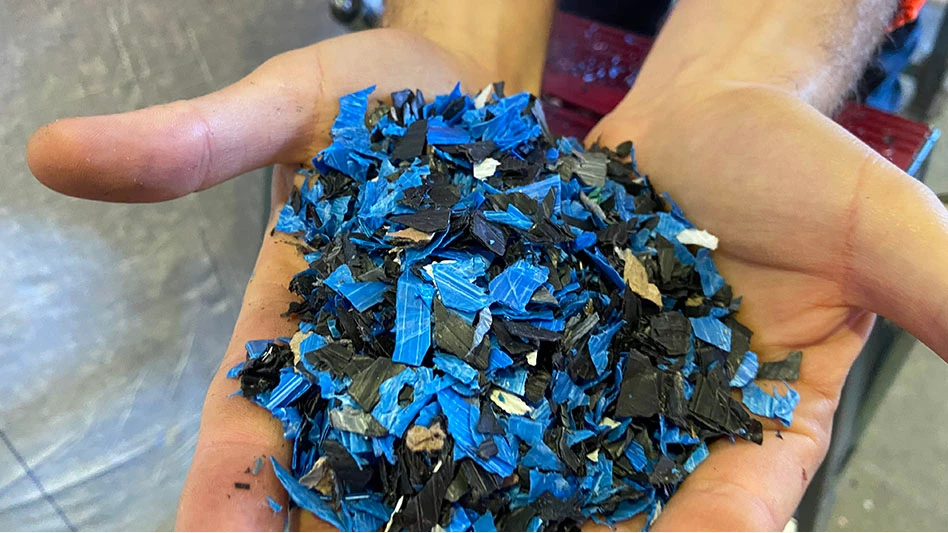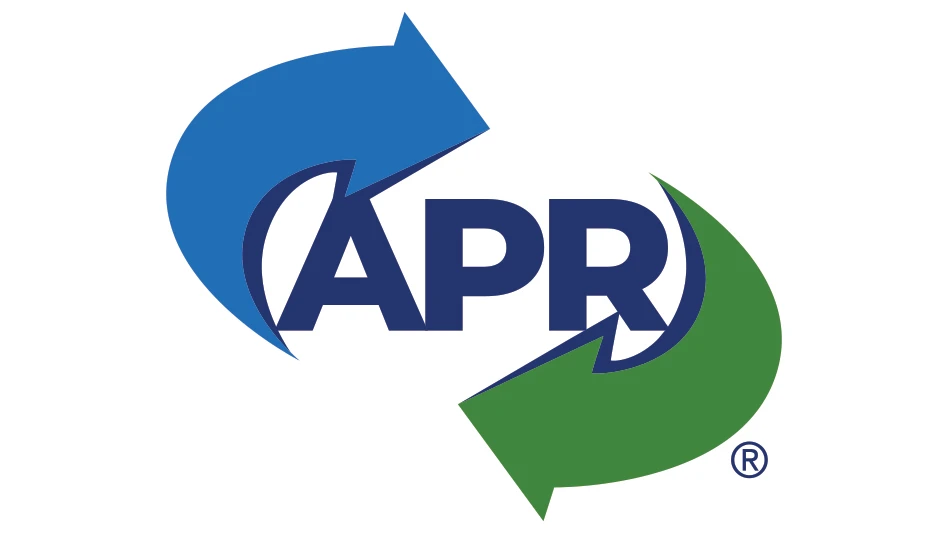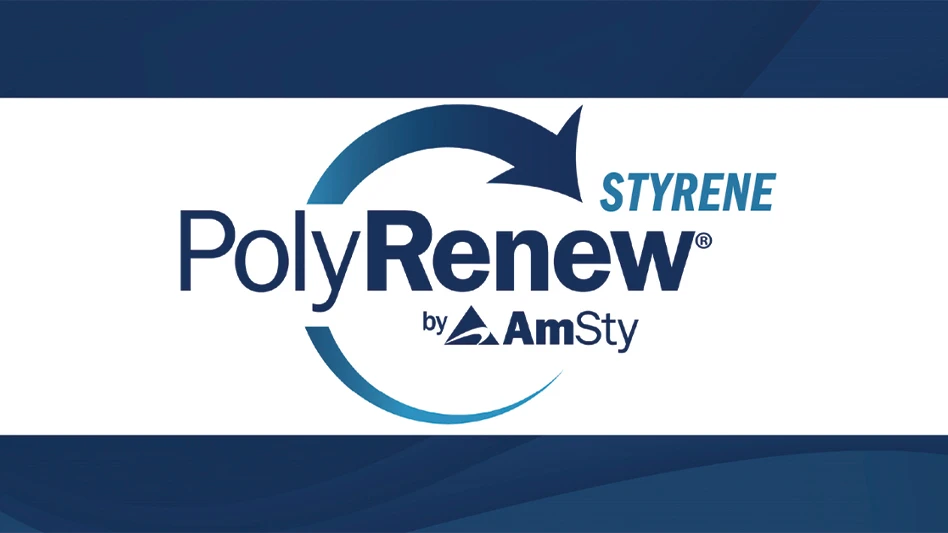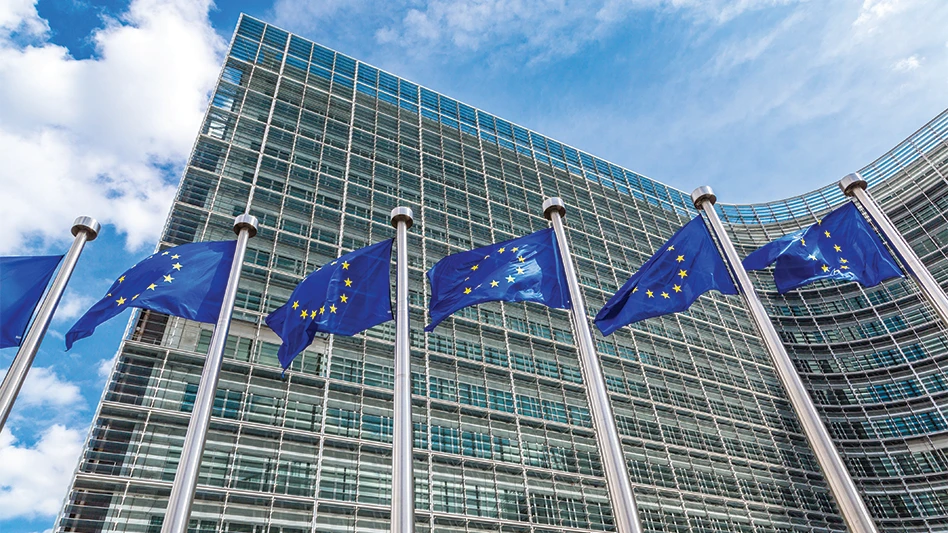Recently, companies have been concentrating heavily on implementing greener technologies throughout their operations. Executives have been tasked with finding ways to become more energy efficient and to develop conservation initiatives for their companies that reduce energy consumption, costs and their carbon footprints.
Based in Philadelphia, PTR Baler and Compactor Co. is a manufacturer of balers and waste compactors for the retail industry. While the company’s mission is to protect and preserve the environment by providing and servicing recycling and waste reduction products, PTR also implements recycling efforts and green initiatives internally. Even the company’s phone system was overhauled.
 |
| Baler and compactor manufacturer PTR has embarked on a number of green initiatives, including implementing a VoIP phone system that offers an 84 percent reduction in power and cooling costs and resources. |
AT THE GRASS ROOTS
Internally, PTR implemented several grass roots efforts among its staff to break down its trash stream in order to recycle more materials. This “green” initiative quickly took off, with every employee contributing to the effort.
The manufacturing company’s managers took notice of the enthusiasm the employees had for these projects and also noticed that these projects not only offered sustainability benefits but also provided cost savings to the company.
PTR’s management decided to put together a “Green Wave” team to help figure out what initiatives and technologies could help further contribute to its budding corporate sustainability program.
Additional green projects included:
- Replacing older desktop CRT (cathode ray tube) monitors with new LCD (liquid crystal display) monitors to yield electricity savings;
- Installing programmable thermostats to help save on the company’s heating/cooling expenses;
- Installing motion sensors in the bathroom, conference room and lunch room to control lighting;
- Installing huge fans in the manufacturing plant to reduce heating costs by 20 percent in the winter (The units push the warm air back to the floor where it is needed.);
- Installing high-efficiency lighting in its shop and offices to reduce lighting energy costs (PTR received rebates from PECO, its electrical utility company, for more than $20,000 with this initiative.);
- Implementing manufacturing changes to eliminate waste at the point of purchase and at the point of manufacturing led to waste stream reductions of 80 percent; and
- Implementing a hosted VoIP (voice over Internet protocol) phone solution by Philadelphia-based Alteva to manage incoming calls for the company’s service, parts ordering and sales departments.
A GREENER CALL
When a business chooses a hosted phone solution for its communications, it contributes to an overall reduction in resources and in power and cooling costs by up to 84 percent, according to Alteva. Reducing energy consumption also reduces the carbon dioxide gas emissions produced as a byproduct of generating electricity.
“For PTR, the biggest green factor for its company’s customers is the power saved by moving to the cloud,” says Louis Hayner, CSO of Alteva. “Since fully implementing hosted VoIP two years ago, PTR is contributing to an overall reduction in resources and costs of power and cooling by up to 84 percent. We estimate that our solutions reduce carbon dioxide emissions by 900,000 pounds per year, which is equivalent to the emissions generated in 64 average homes annually,” Hayner adds.
Joseph Bennett, IT director at PTR, says the decision to move to a hosted phone system wasn’t based solely on its green benefits; such systems also offer disaster recovery capabilities and additional cost savings.
“Before using a hosted solution, recovering our phone services would have been a nightmare in the case of a catastrophic loss,” he says. “Alteva’s hosted solution not only allows organizations to eliminate single points of failure with their voice and data network but also saves money and reduces the TCO (total cost of ownership) along the way.”
When it comes to selecting a hosted VoIP solution, Bennett advises looking for a hosted services provider that offers a full suite of “communications as a service” products, which should include basic long distance and local phone service, Internet access and traditional phone system functionality. Additionally, the solution should offer disaster recovery capabilities and provide monthly cost savings, he says.
Other features and benefits of such a solution can include:
- Mobility—connect with your customers anywhere, anytime without missing a call;
- Scalability—add or delete a user based on business demands;
- Disaster recovery—allows an organization to appear fully functional in the event of a telecommunications disaster or outage;
- Low startup costs and no extra fees for hardware and software upgrades;
- Consolidated billing—pay one bill for your phone system and service; and
- Carrier level administrative control, which allows the user to move and add users as well as to make other changes as needed via a Web-based browser.
Additional features of a hosted VoIP service can include simultaneous ring, voicemails to e-mail, remote office, sequential ring, hunt groups, auto attendant, call centers and more.
Hosted services can include the ability to support home teleworking, video conferencing and remote meetings, which can lower power consumption, save money on gas and reduce traffic congestion and carbon dioxide emissions. A hosted solution also can reduce maintenance and site support visits.
Businesses, as a whole, can affect the environment with exponential results when compared with the efforts of individuals. With the availability of greener technologies, companies may want to examine the ways in which they can implement these offerings as part of their internal green initiatives.
“When you start looking at how to become green, it somehow always leads to you making more green because you save money doing it,” Bennett says.

Explore the June 2011 Issue
Check out more from this issue and find your next story to read.
Latest from Recycling Today
- AF&PA report shows decrease in packaging paper shipments
- GreenMantra names new CEO
- Agilyx says Styrenyx technology reduces carbon footprint in styrene production
- SABIC’s Trucircle PE used for greenhouse roofing
- Hydro to add wire rod casthouse in Norway
- Hindalco to invest in copper, aluminum business in India
- Recycled steel price crosses $500 per ton threshold
- Smithers report looks at PCR plastic’s near-term prospects






